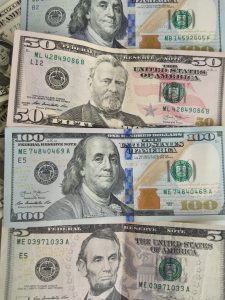The foreign exchange (forex) market is the largest and most liquid financial market in the world, with an average daily trading volume of over $5 trillion. The market is made up of various participants, including retail traders, individuals, and institutional investors. Institutional investors are often viewed as the dominant players in the forex market, and their participation in the market can have a significant impact on prices.
Institutional investors are financial organizations that manage large amounts of money on behalf of clients, such as pension funds, insurance companies, and hedge funds. These organizations are often referred to as “smart money” in the forex market because they have access to a vast array of resources, including research teams, advanced trading platforms, and experienced traders. As a result, they are often able to place large trades that can move the market.
While it is difficult to determine the exact percentage of forex trading volume that is institutional, it is widely believed that institutional investors account for the majority of trading activity in the market. According to a survey conducted by the Bank for International Settlements (BIS), institutional investors accounted for approximately 63% of forex trading volume in 2019. This represents a significant increase from 2001, when institutional investors accounted for just 37% of trading volume.
There are several reasons why institutional investors are attracted to the forex market. One of the primary reasons is the market’s liquidity. The forex market is open 24 hours a day, five days a week, which means that institutional investors can place trades at any time. Additionally, the market is highly liquid, which means that trades can be executed quickly and at a low cost.
Another reason why institutional investors are attracted to the forex market is the ability to leverage their positions. Many institutional investors use leverage to increase their exposure to the market, which can result in higher returns. However, leverage also increases the risk of losses, so it is important for institutional investors to use risk management strategies to protect their portfolios.
Institutional investors also have access to a wide range of trading strategies in the forex market. For example, they may use fundamental analysis to evaluate the economic and political factors that can impact currency prices. They may also use technical analysis to identify trends and patterns in price charts. Additionally, some institutional investors may use algorithmic trading strategies that use complex mathematical models to analyze market data and execute trades.
While institutional investors are often viewed as the dominant players in the forex market, they are not the only participants. Retail traders, or individual traders, also play a significant role in the market. Retail traders account for approximately 36% of forex trading volume, according to the BIS survey. Retail traders are attracted to the forex market for many of the same reasons as institutional investors, including its liquidity and the ability to leverage positions.
In conclusion, institutional investors are a dominant force in the forex market, accounting for the majority of trading volume. These financial organizations are attracted to the market’s liquidity, ability to leverage positions, and access to a wide range of trading strategies. While retail traders also play a significant role in the market, institutional investors are often viewed as the “smart money” due to their vast resources and expertise. As the forex market continues to evolve, it will be interesting to see how the role of institutional investors changes and how they continue to impact prices.





